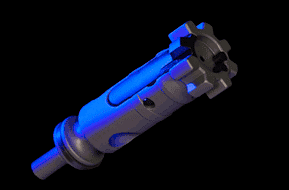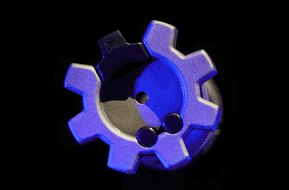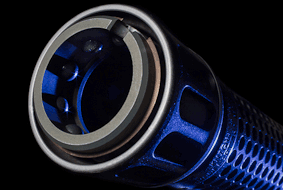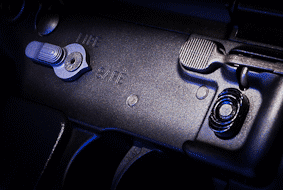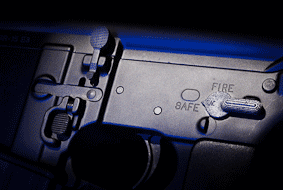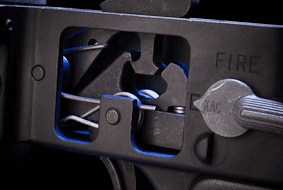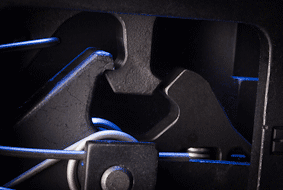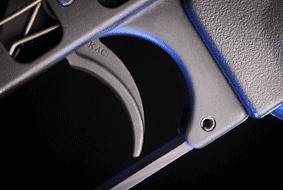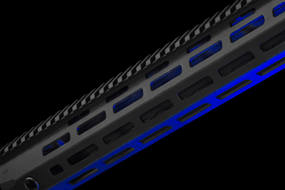SR-25 CC, M-LOK
Barrel: 16” (40cm) 1:10 Twist, 5R Cut
Caliber: 7.62 mm NATO / .308 Win
Weight: 8.4lbs (3.8kg)
Length: 35.75” (91cm) -39.5” (100cm)
Find a Dealer |
Multilog E2 Bolt |
Quick Detach Coupler |
Ambidextrous Controls |
Stage Match Trigger |
MLOK |



